This year was the first we really noticed pig ears (Gomphus clavatus). And yes people call them pig’s ears but trying saying that 10 times really quickly. They can resemble a coral when young and a chanterelle when old. They are quite tasty, if you can find them young before the bugs get at them!
They do look like pig ears. The underside of the ears are not gills or pores but wrinkles. At times these wrinkles can appear purple and another common name for these mushrooms is the violet chanterelle. But even though they look similar, they are not closely related to chanterelles.
And this from Wikipedia “Although widespread, G. clavatus has become rare in many parts of Europe and extinct in the British Isles. It has been placed on the national Red Lists of threatened fungi in 17 different European countries and is one of 33 species proposed for international conservation under the Bern Convention.” So we feel honoured have them here.
These beauties we found on Mount Elphinstone.
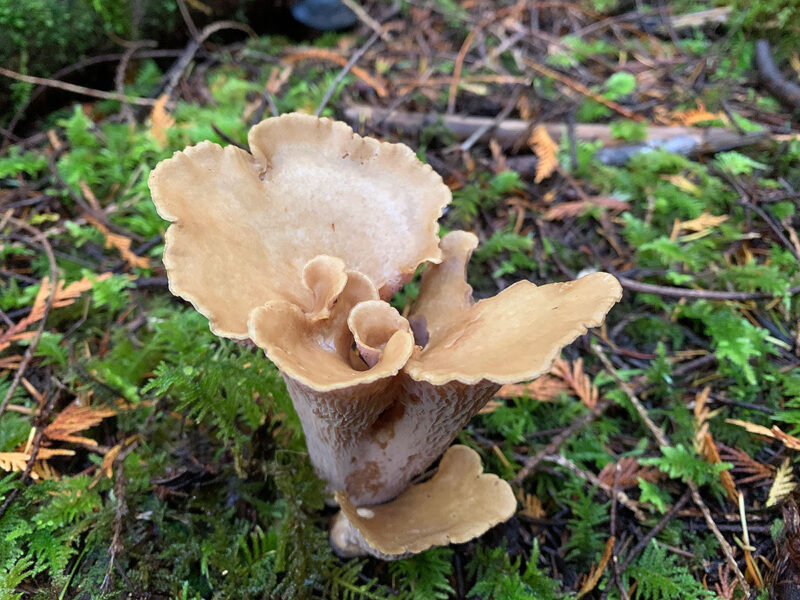
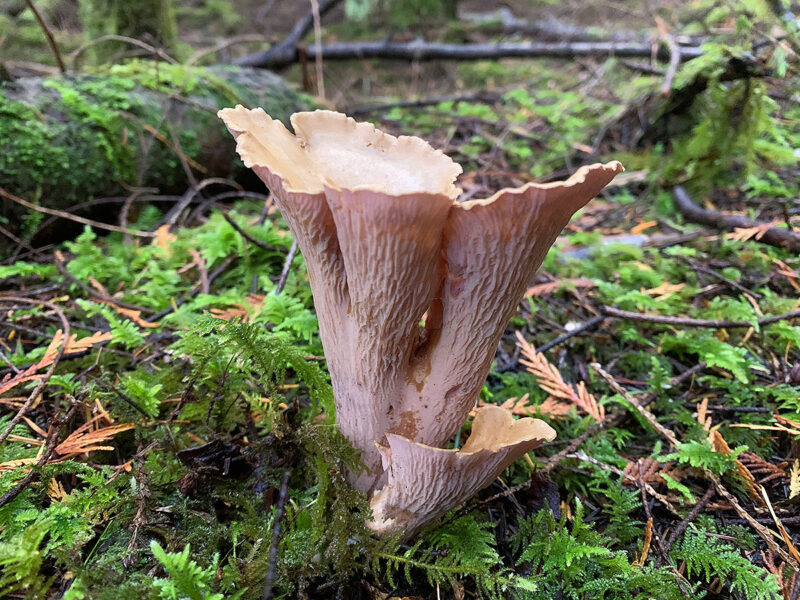
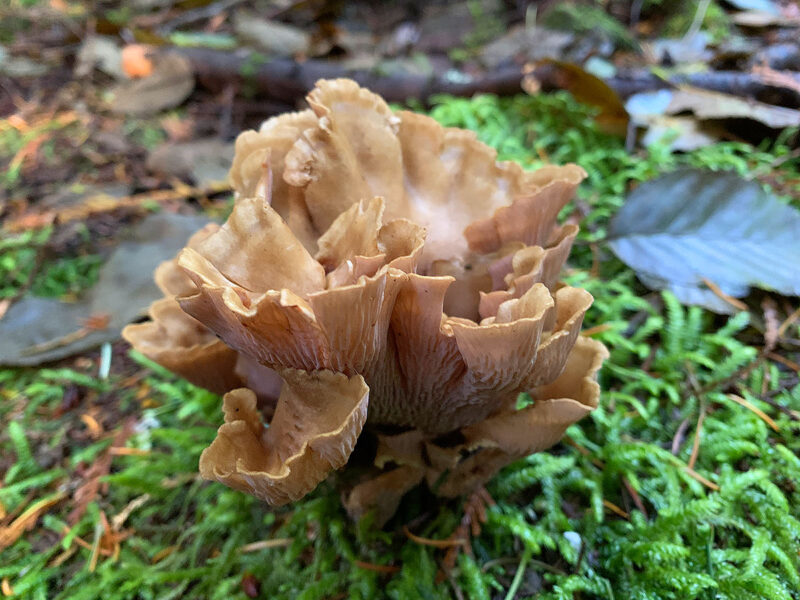

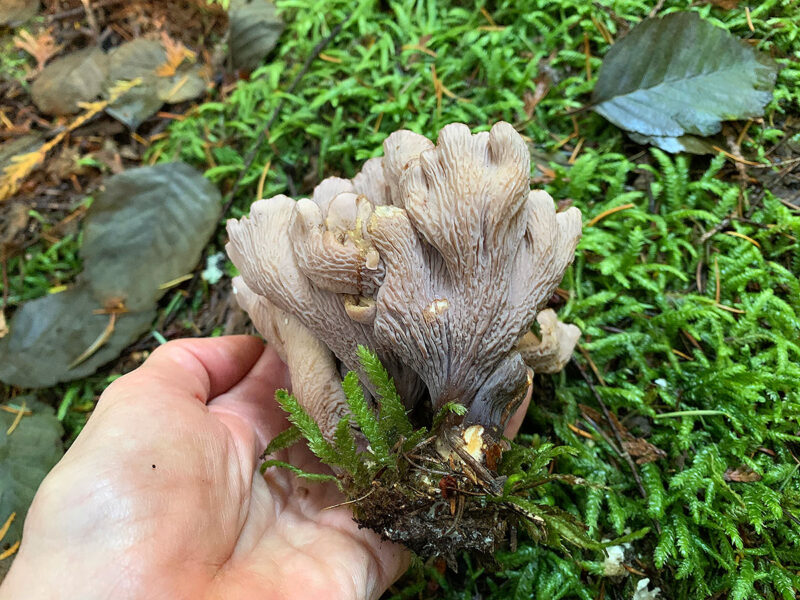
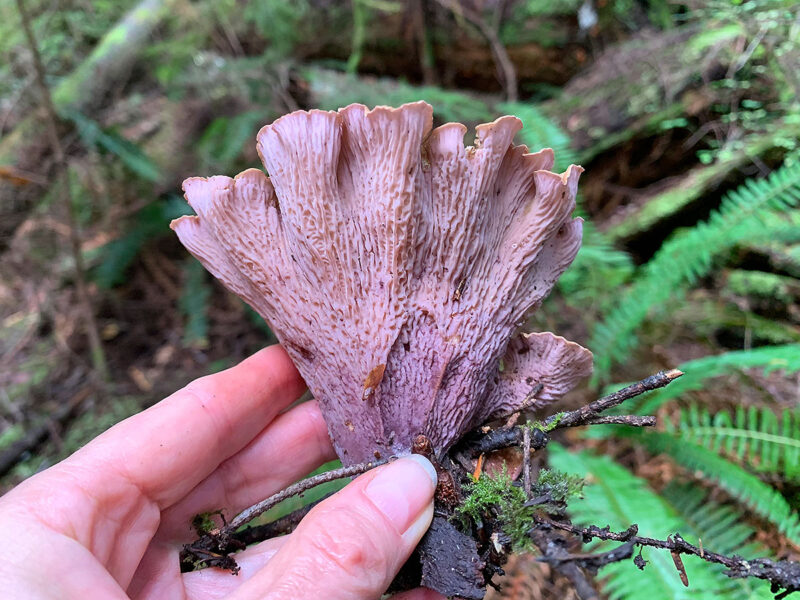
This photo shows how the wrinkles can be a purplish colour and why they are also called violet chanterelles.
About the Gomphus clavatus
Gomphus clavatus, commonly known as pig’s ears or the violet chanterelle, is an edible species of fungus in the genus Gomphus native to Eurasia and North America. The fruit body is vase- or fan-shaped with wavy edges to its rim, and grows up to 15–16 cm (6–6 1⁄4 in) wide and 17 cm (6 3⁄4 in) tall. The upper surface or cap is orangish-brown to lilac, while the lower spore-bearing surface, the hymenium, is covered in wrinkles and ridges rather than gills or pores, and is a distinctive purple color. Described by Jacob Christian Schäffer in 1774, G. clavatus has had several name changes and many alternative scientific names, having been classified in the genus Cantharellus (also called chanterelles), though it is not closely related to them.
Typically found in coniferous forests, G. clavatus is mycorrhizal, and is associated with tree species in a variety of coniferous genera, particularly spruces and firs. It is more common at elevations of greater than 2,000 ft (600 m), in moist, shady areas with plenty of leaf litter. Although widespread, G. clavatus has become rare in many parts of Europe and extinct in the British Isles. It has been placed on the national Red Lists of threatened fungi in 17 different European countries and is one of 33 species proposed for international conservation under the Bern Convention.
More information: Gomphus clavatus: Wikipedia